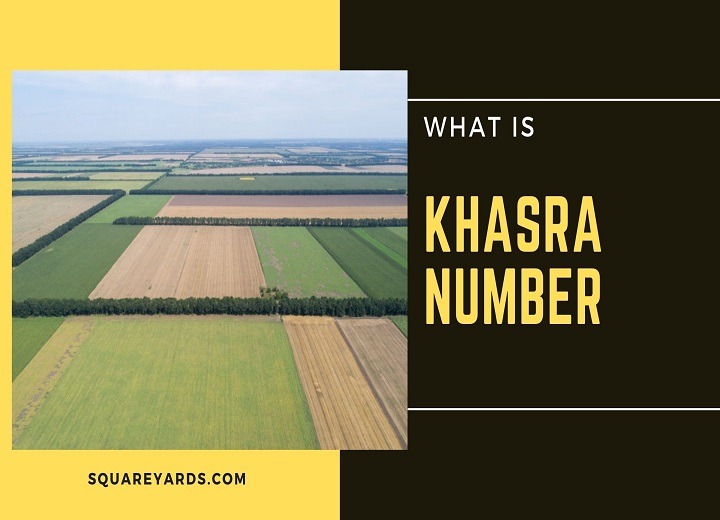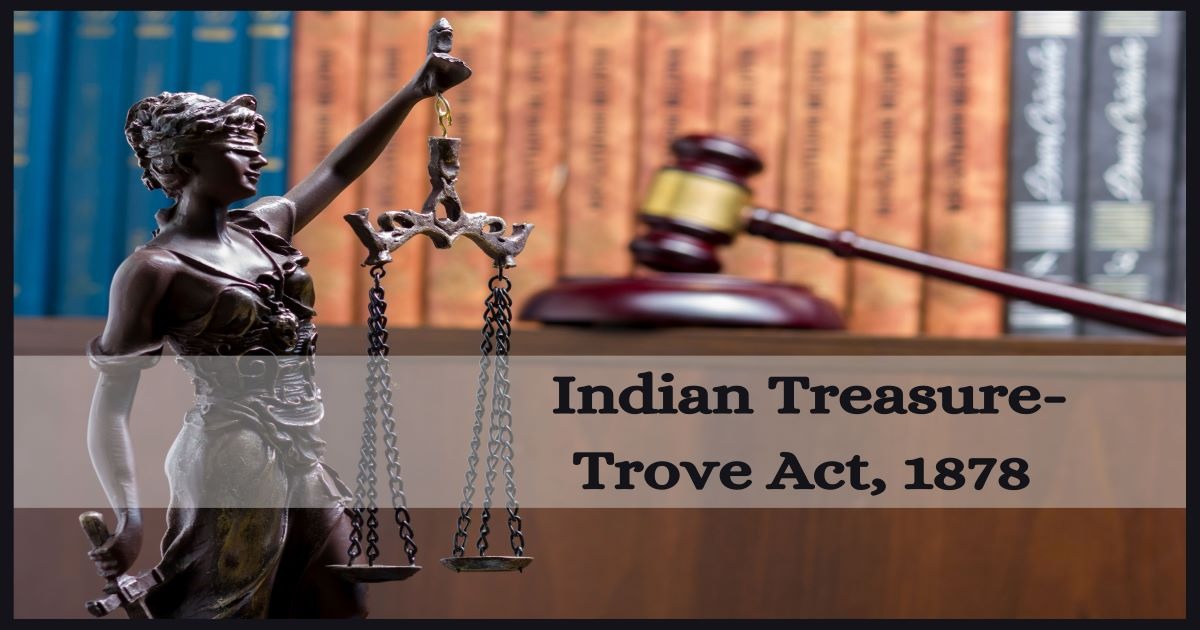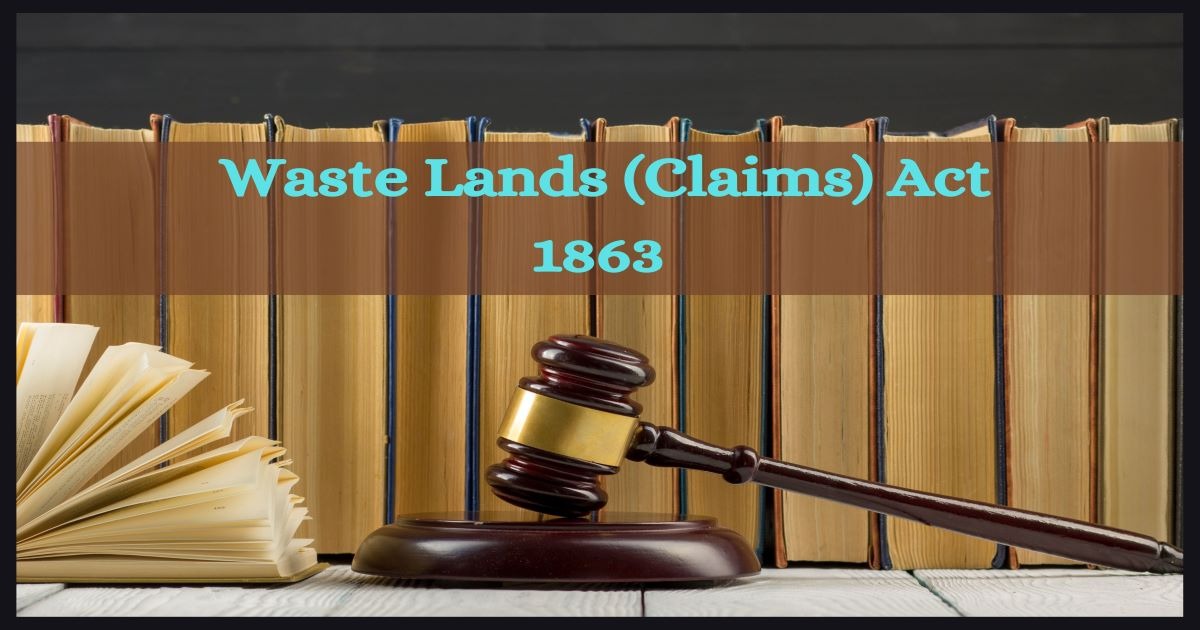Survey Number in the Persian language is known as Khasra number allotted to a piece of rural land or property. However, in urban areas, the land pieces are associated with the survey number given to the plot numbers, and this concept is somewhat similar to that of the Khasra number. For the properties located in India, the Khasra number is a common term associated with it. It came into play when the Mughals used the land records of India to levy taxes and revenue generation.
Khasra no. also provides us with information about the region, areas, owner details, cultivation types, and soil quality. Because it gives extensive geographical information on the site, like the number of trees and types of crops, it becomes interesting to know the historical pattern of that specific land. Hence, you can get 50 years old information about the land-only use by doing the khasra number check.
Table of contents
How Does an Authority Allot a Khasra Number?
The authorities take control of a village map and then allot a khasra number to each land parcel of that area. Thus, the khasra number allocation gives a unique identity to the land pieces located in the rural areas.
The Difference between Khasra, Khata, and Khatauni Numbers
Khasra Number
Khasra is the Persian term given to the survey number assigned to a land parcel located in a rural area, unlike the urban areas where land pieces are associated with a specific survey number about the plot number. But this concept is quite similar to that of the Khasra number, and this is used extensively for all the properties in India.
Khata Number
Popularly known as the Khewat number, the Khata number is assigned to the joint owners who collectively own a piece of land. So, it means that it is given to the co-owners of a land parcel. Khata number provides information about the landowners, the background information, and the percentage of land they hold on a given property. The khata number gets changed in case the landowner is altered.
Khatauni Number
Khatauni number is not assigned to a land parcel but given to a group of cultivators. The significant difference between Khasra, Khata, and Khatauni numbers is that the former is associated with a land parcel, and the latter is associated with the cultivators of the same. This helps in getting every information about the land being cultivated and about the ones growing it. If the owner has taken over the piece in the land revenue records, it is registered as self-cultivated land.
What Details are Mentioned in the Khasra, Khata, and Khatauni Numbers?
- The portion of land under the ownership of a particular landowner.
- The number of people cultivating the land or whether the land is self-cultivated or not.
- The overall land that a family owns.
- The net area of the land used for agriculture.
- The details of the people who own that specific land in the village.
Important Real estate Terms You Should Know
| Floor Area Ratio | What is Floor Area Ratio |
| Teaser Loan | What is Teaser Loan |
| Super Built-up Area | What is Super Built-up Area |
| Annual Statement of Rates | What is Annual Statement of Rates |
| Fixed Rate Home Loan | What is a Fixed Rate Home Loan |
| Written Down Value | What is Written Down Value |
| Crowdfunding | What is Crowdfunding |
| National Building Codes | What are National Building Codes |
| Building Bye-Laws | What is Building Bye-Laws |
| Construction Loan | What is Construction Loan |
FAQs
How to know the khasra number in UP?
You can log in to the Bhulekh UP website to know your khasra number.
What is the khasra document?
It is a legal document that specifies the details of the land and the crops cultivated on it.




































